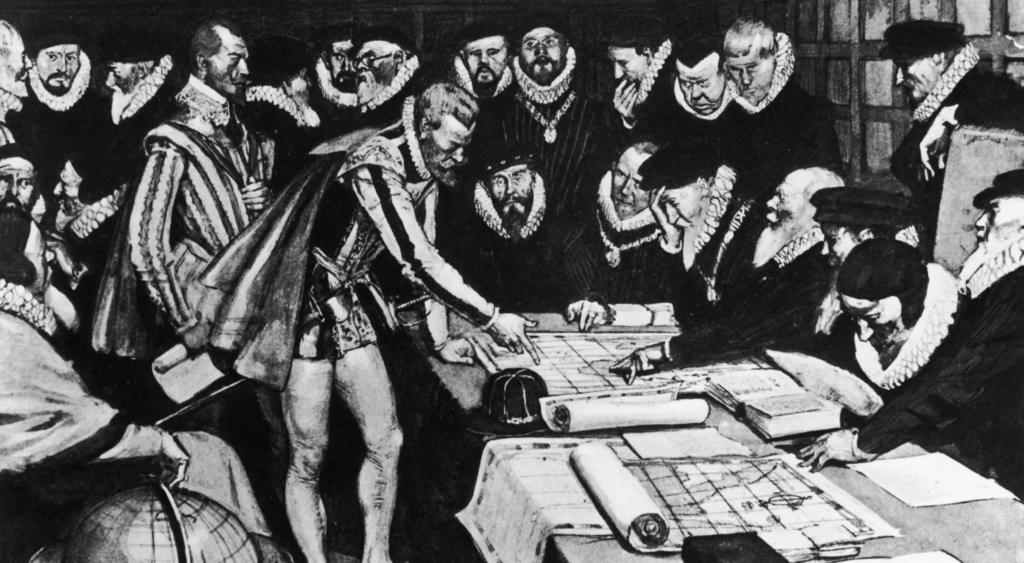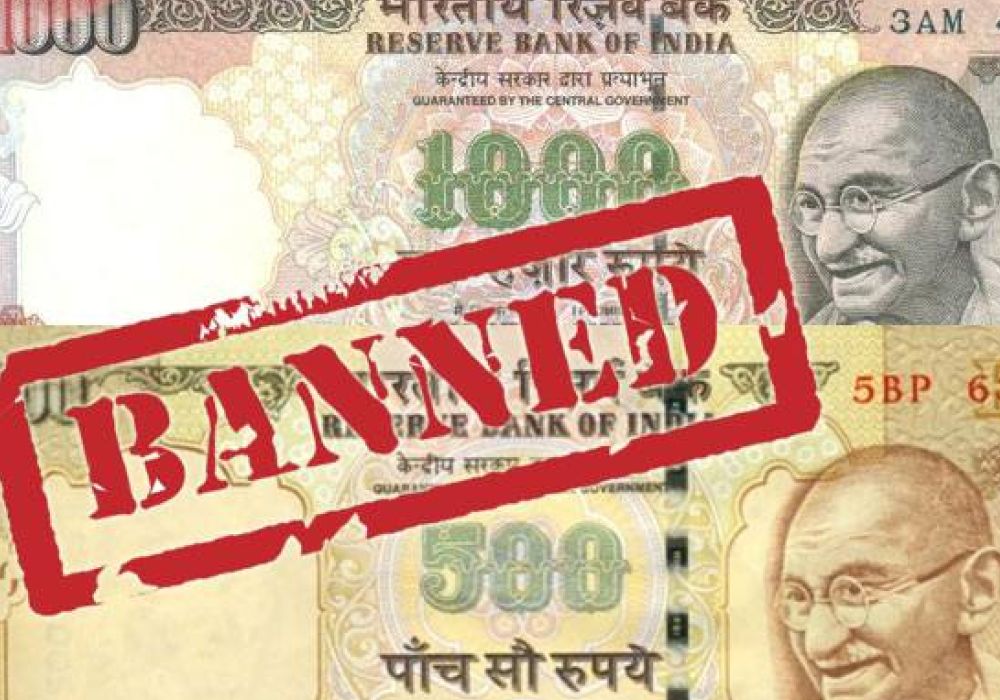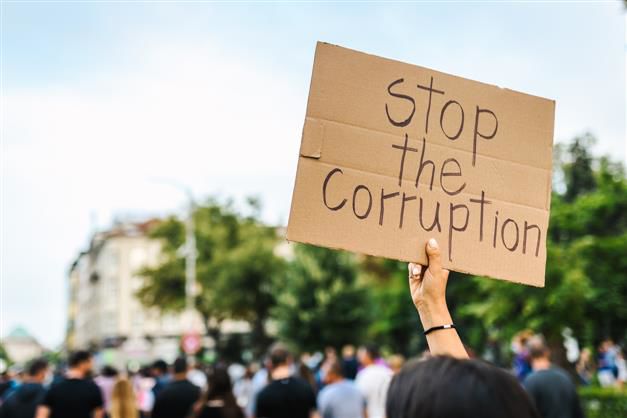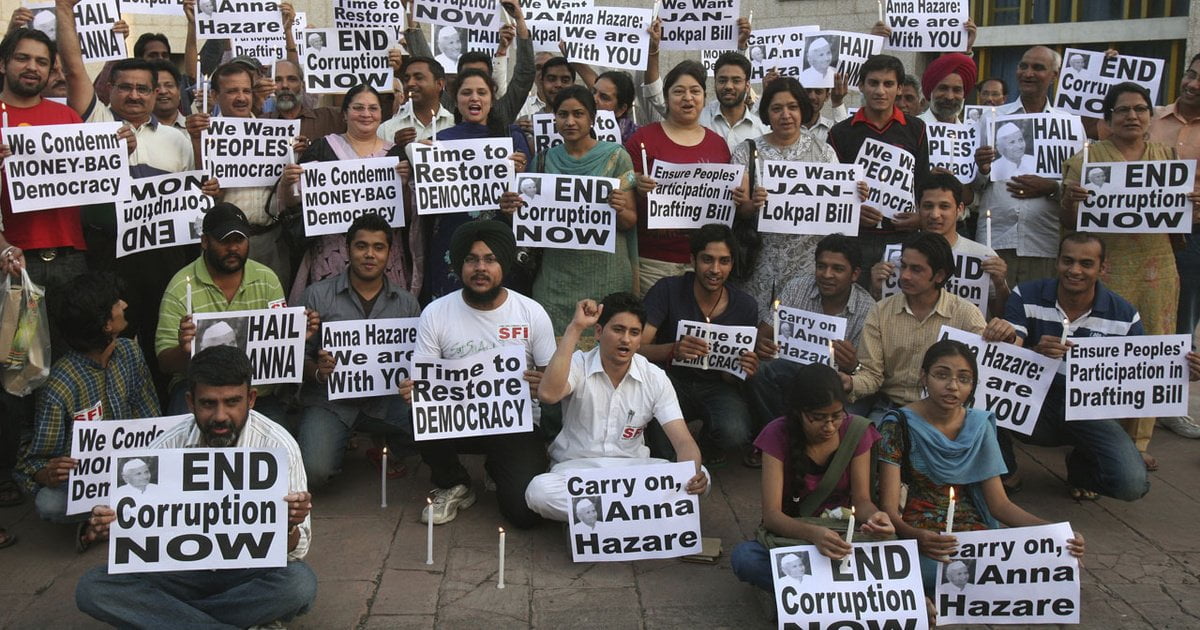Like every year, the global index, by Transparency International, a global civil society, has published the ranking for the year 2023 placing India at 93rd position together with countries like Maldives, Lesotho and Kazakhstan.
The 93rd rank is said to have dropped in comparison to the previous year, which was 85th. Denmark in the first ranking, marking the sixth position consecutively has secured a 90 score followed by other countries like New Zealand respectively, while Somalia is at the bottom. Similarly, Bhutan is ahead in South Asia with a score of 26th and Afghanistan at 162nd.
Corruption, for many countries, has been a persistent global challenge. A multifaceted issue that encompasses many forms like favouritism, and bribery, can have a direct influence on governance, economic development and social well-being.
It is associated with the everyday struggle of a common person that goes into asking for fundamental rights, as guaranteed by the Constitution. Although for the long term, this practice has been established as the way out for personal gain, it’s imperative to know its evolution and figure out how we came about it to understand what we can do.
Political history of corruption in India
Corruption at its inception existed alongside British rule. During this period of colonisation, many instances of bribery and malpractices in the administrative and legal system were in practice. The British administration strategically excluded the participation of the Indian population from politics and administration which later institutionalised graft culture by enacting the crucial Official Secret Act, 1923.

This act of colonial rule made it an offence for any public officials to disclose state information and affairs. This act continues to play a role in graft culture. India, caught up in this graft culture at the time in particular to economic activities, bought the License Permit Raj. Officials had discretionary powers, and the Permit Raj too, curbed foreign investment that interplay with competition as a “social economy.” Mainly the economic aspects of exploitation during this laid the groundwork for the corruption we see these days.
In India, the A.D. The Gorwala Report was one of the earliest documents that laid the bare issues of corruption. The decline of the character sketch of India was caused by the impact of the war, a time of greed booming. The report was critically harsh on the role of political leadership. No action was carried out.
Post-independence, starting from 1947 to the 1990s, many idealised attempts were made to maintain the transparency system in the country. Bureaucracy expanded in more numbers at the time helping economic policies to evolve, and slowly then after, the seed of corruption began to sprout in various sectors.
The Railway Corruption Enquiry chaired by J.B. Kriplani opines that the corruption was a failure of citizenship. Whether it was a bribe or ticketless travel, all of these came as something illegal that undermined the state. The Report ruthlessly listed the categories of people who refused to pay. One of the articles cites, “The number of cases of corruption registered in India under the Prevention of Corruption Act, 1947 varied from 300 to 500 between 1981 and 1987 but after the enforcement of 1988 Act, the number now varies between 1800 to 2000 annually.”
The mid-1960s as studied by Sunil Sonidh writes, “the great divide in the history of public administration in India. It marked the fading away of the Gandhian and Nehruvian era of principled politics and the emergence of new politics, the keynote of which was amorality.” Furthermore, as he adds, India’s long-term norm of corruption has time and again made people realise that laws, regulations, methods of transactions or governments however sound at their effective policies, by themselves isn’t enough of their transparent administration if the political leadership isn’t meeting the aspirations of the populations.
During Indira Gandhi’s tenure as a prime minister, there was a huge concentration of power and widespread authority abuse in practice that led to corruption seep by large. Also, in the 1980s, a Bofors scandal involving alleged kickbacks in defence deals became a significant symbol of corruption, leading to a political uproar. The liberalisation and economic reforms in the 1990s aimed at opening up the Indian economy also brought opportunities for corruption in sectors undergoing rapid changes.
The Telecom Scandal of 2010, was imperative that helped expose corruption in the allocation of telecom licenses and highlighted the nexus between politicians and business interests. The Commonwealth Games in Delhi were marred by allegations of corruption and financial irregularities in the organisation of the event. Another is the coal allocation scam of 2012, which revealed irregularities in the allocation of coal blocks, leading to significant losses to the exchequer.

The cumbersome procedures were also the cause of corruption in India. The Legal and Administrative systems were developed to meet the needs of the colonial ruler. The Indian Penal Code, a controlling mechanism for administering criminal justice, was enacted in 1860. The Indian Telegraph Act which regulates the broadcasting license was passed in 1855 before the invention of the wireless. Britishers had these systems built in favour of their colonial ruling system. So, its provisions were suited to the promotion of corruption at various levels.
Not only that, this kind of system fostered the outlook subservient to social equity. While demonetisation was initiated to curb corruption and black money, it also led to reports of corruption in the implementation process.
Looking at failures
Another main cause of corruption that persists is because the cases are handled in a lenient manner. Major causes that lead to corruption in India such as “Low Pay Scales And Wage Lack of Stick And Fast Punishments Lack of Unity in Public Lack of Fundamental Rights Awareness in People of India Lack of Transparency in Deals and Affair Lack of an Independent detective agency Lack of enough powers to the judicial system in India Lack of Accountability,” and many others.

Those in the hierarchy vested with powers shirk duty because they do not want to use their powers to eliminate corruption practices. Whatever the reasons may be, often the result is that those caught in corruption are either left off or with no penalties. Another is the judicial system of the country which is very expensive and dilatory in terms of cases. The delay in the inordinate is such that one often gets the chance to escape from the punishment which could be understood as the justice delayed is justice denied.
How can we go about it?
Laws and rules have to be implemented with the utmost understanding of the civic society. When needed, these laws should have the flexibility to repeal and amend to check the actions of corruption. There should be scrutiny, the system of vigilance so that people feel accountable for their actions before indulging in any sort of actions.

For elections too, the expenses should be on par with the demands of the people. Additionally, legislative measures like the Right to Information Act (RTI) and the Whistleblower Protection Act should work to enhance transparency and protect individuals exposing corruption. Cultural and social things can sometimes pose a challenge because corruption can be deeply ingrained in the cultural fabric of that society. Public awareness campaigns can play a huge role in this.
India’s fight against corruption is not isolated from the global context as the rank of India, 2023 Corruption still places it within the spectrum of the global community allowing for time and again comparisons and benchmarking.
Reflecting on its political origin, administrative systems while analysing performance in regard to member countries and as a global counterpart still provide valuable insights into the country’s progress and areas that require further attention.
About the author(s)
Susmita Aryal is a final year student of English Literature and Journalism at St. Xavier's College, Maitighar, Kathmandu. Besides storytelling around identity, gender and society, she is interested in 'art' i.e. any kind of artworks that fall under the genre of art.






